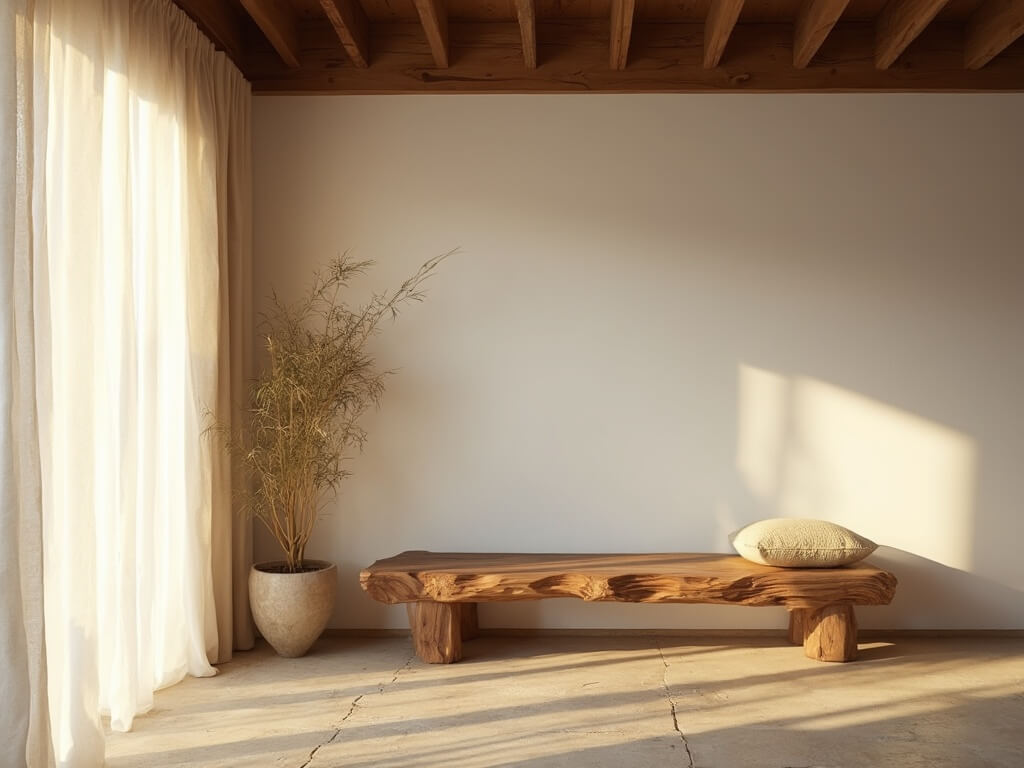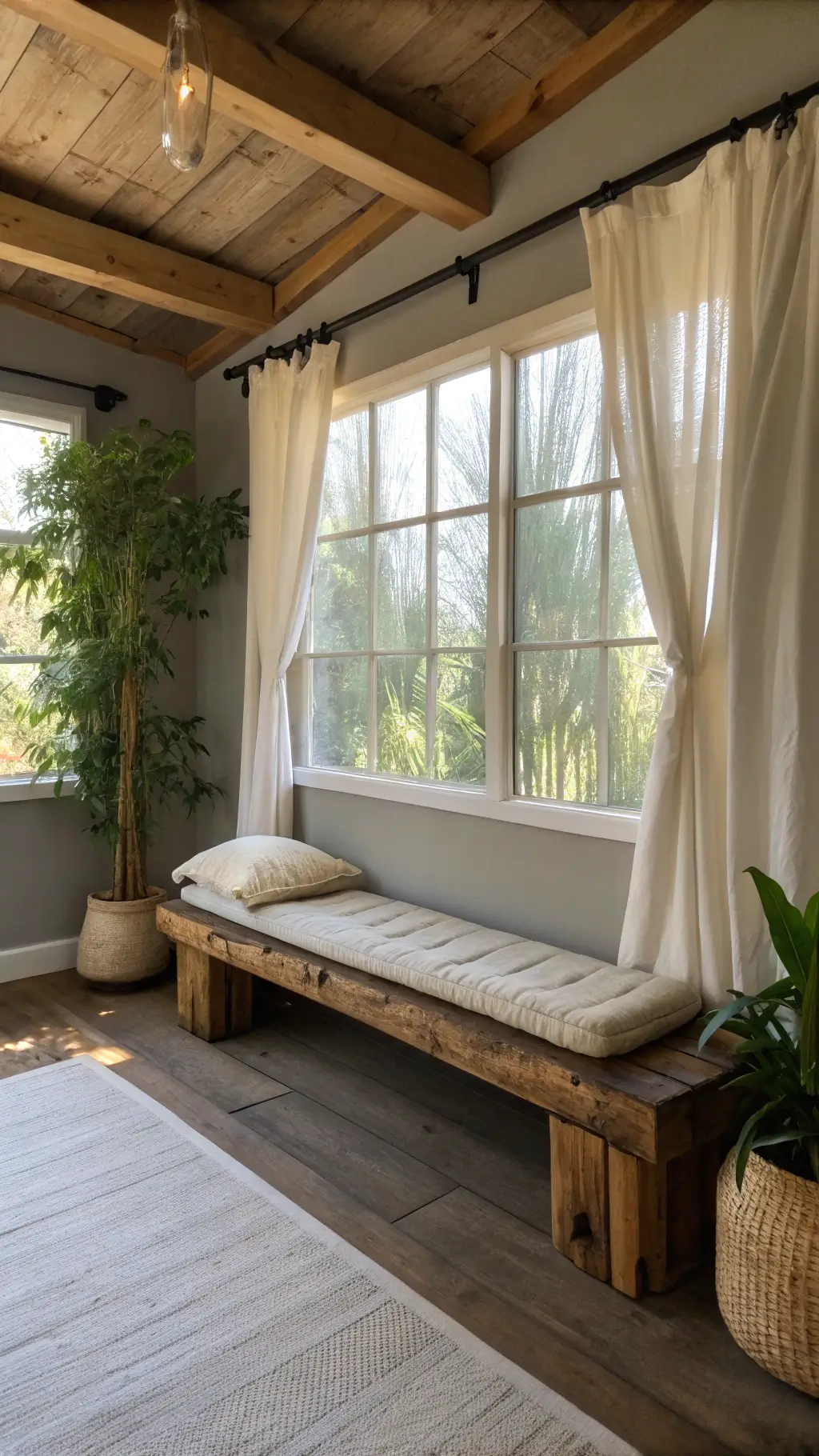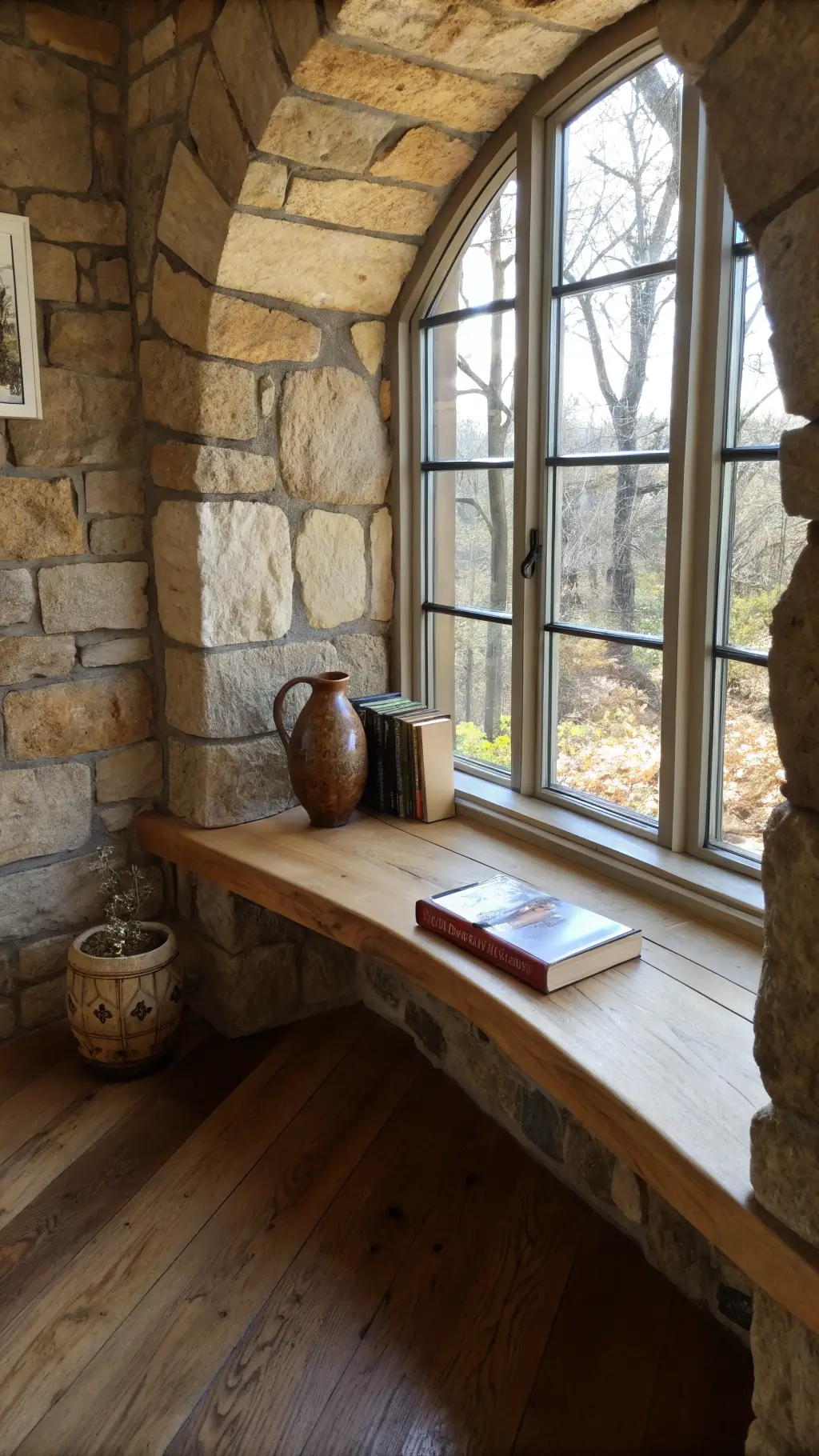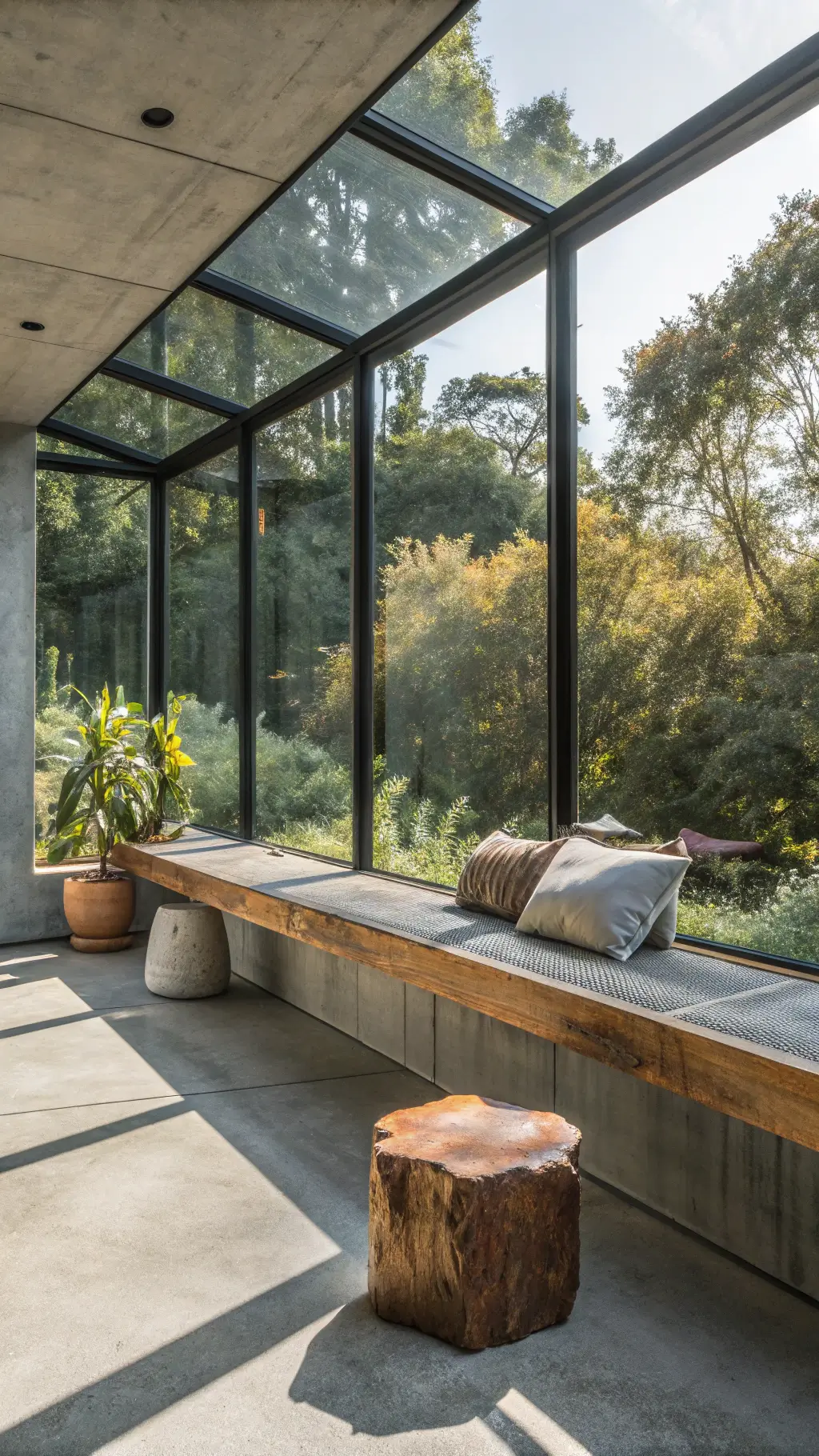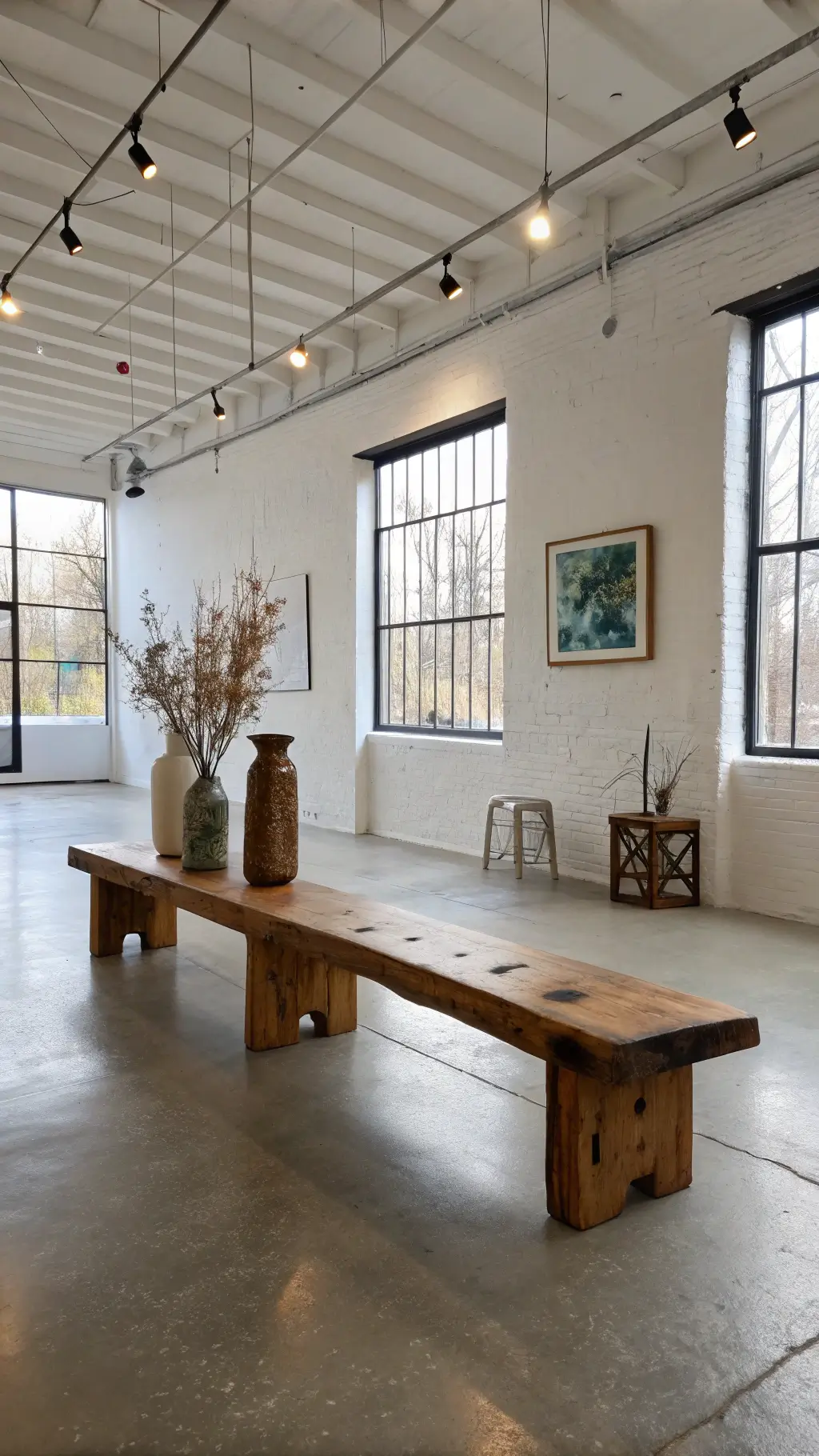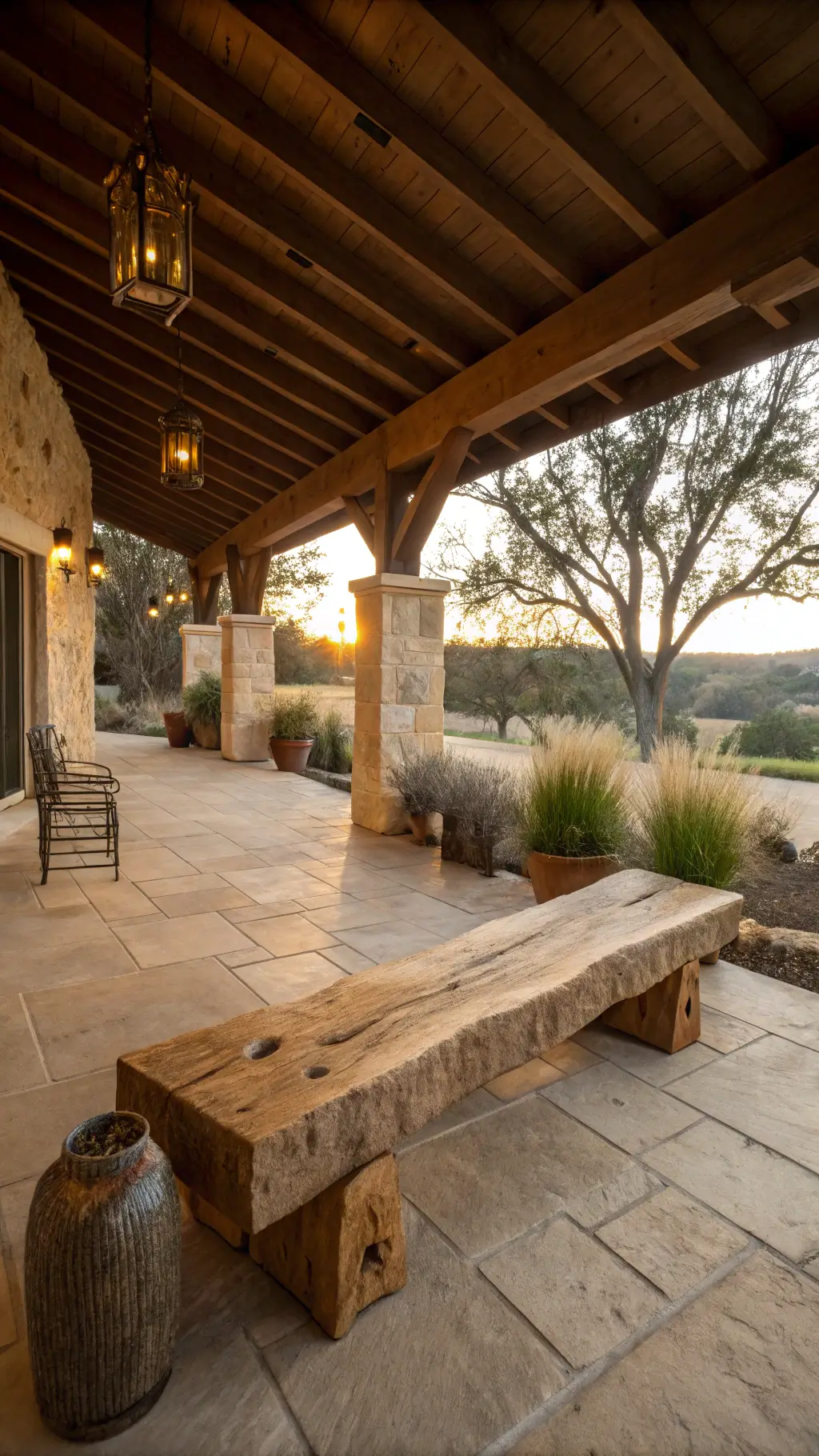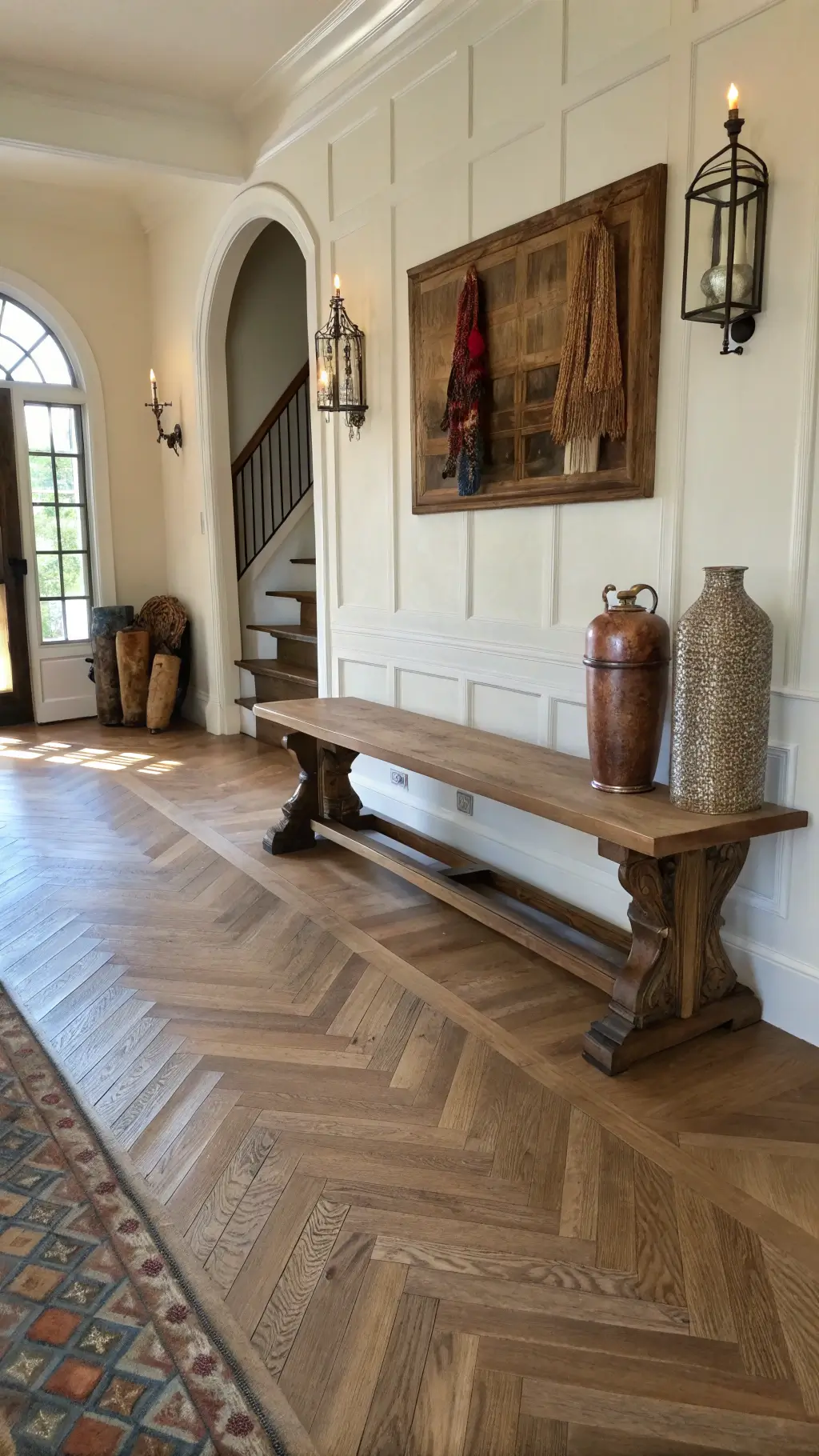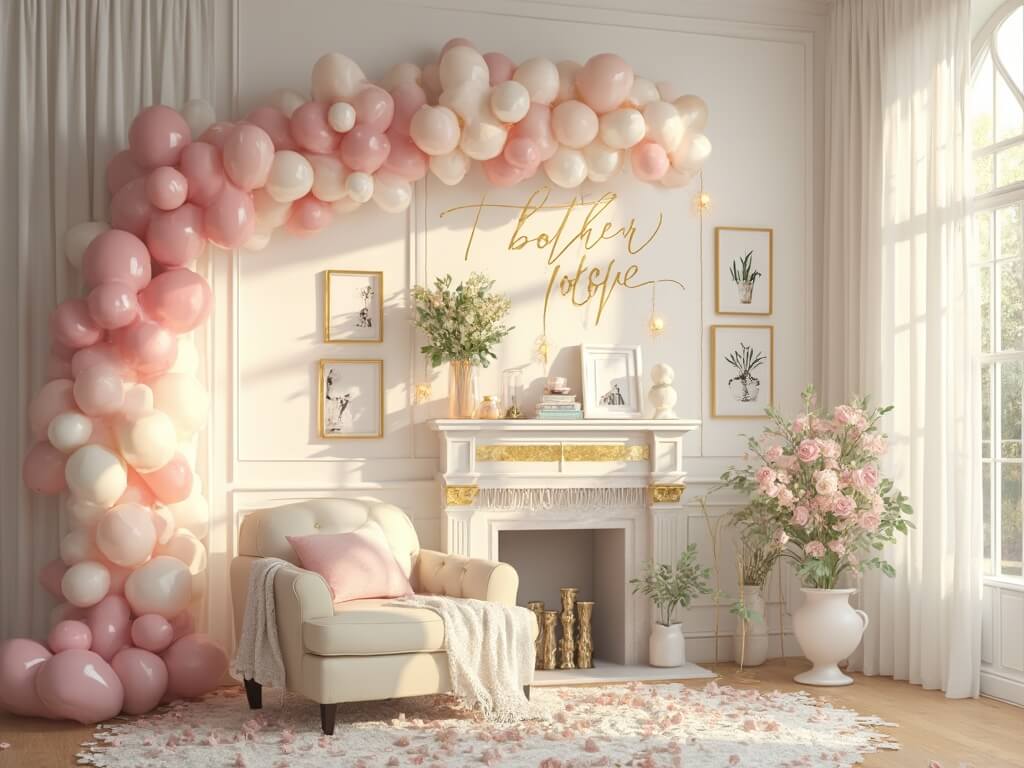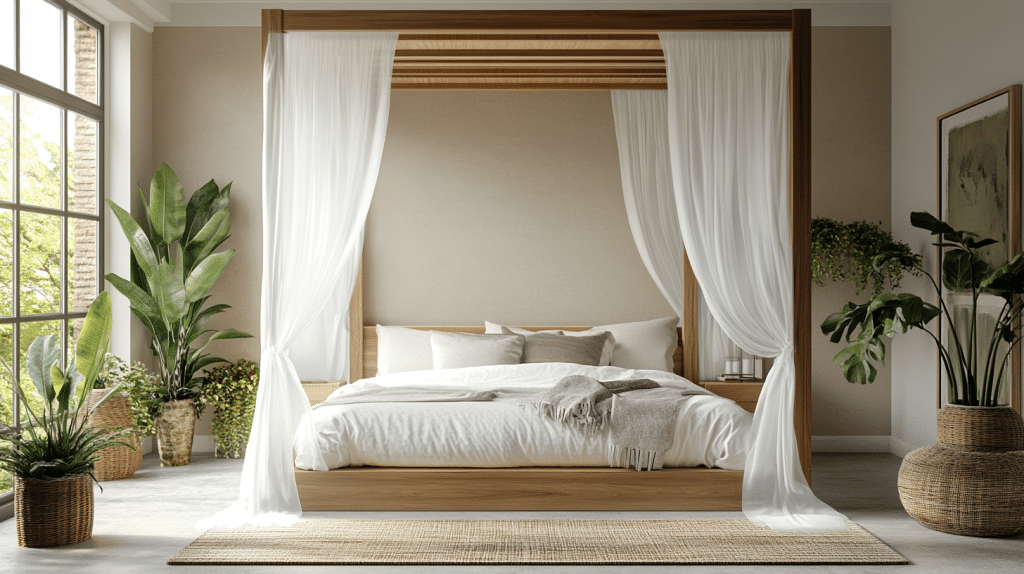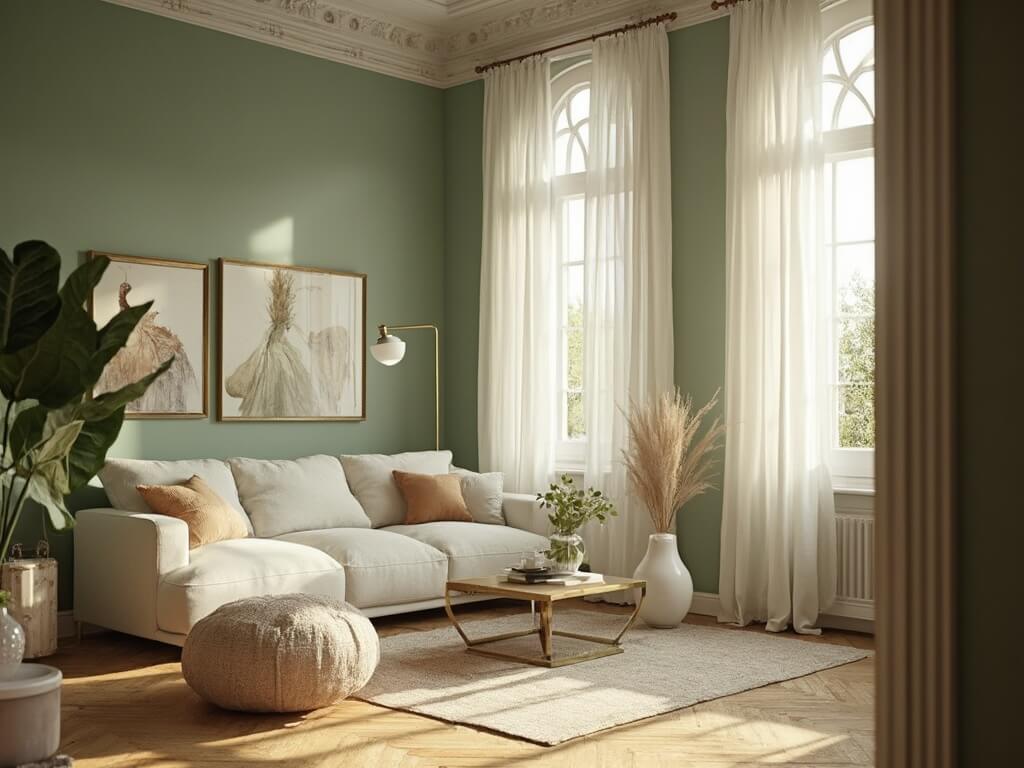The Essence of Wabi-Sabi Bench Design
Wabi-sabi isn’t just a design concept – it’s a philosophy of finding extraordinary beauty in ordinary, imperfect things. When it comes to benches, this means celebrating materials exactly as they are.
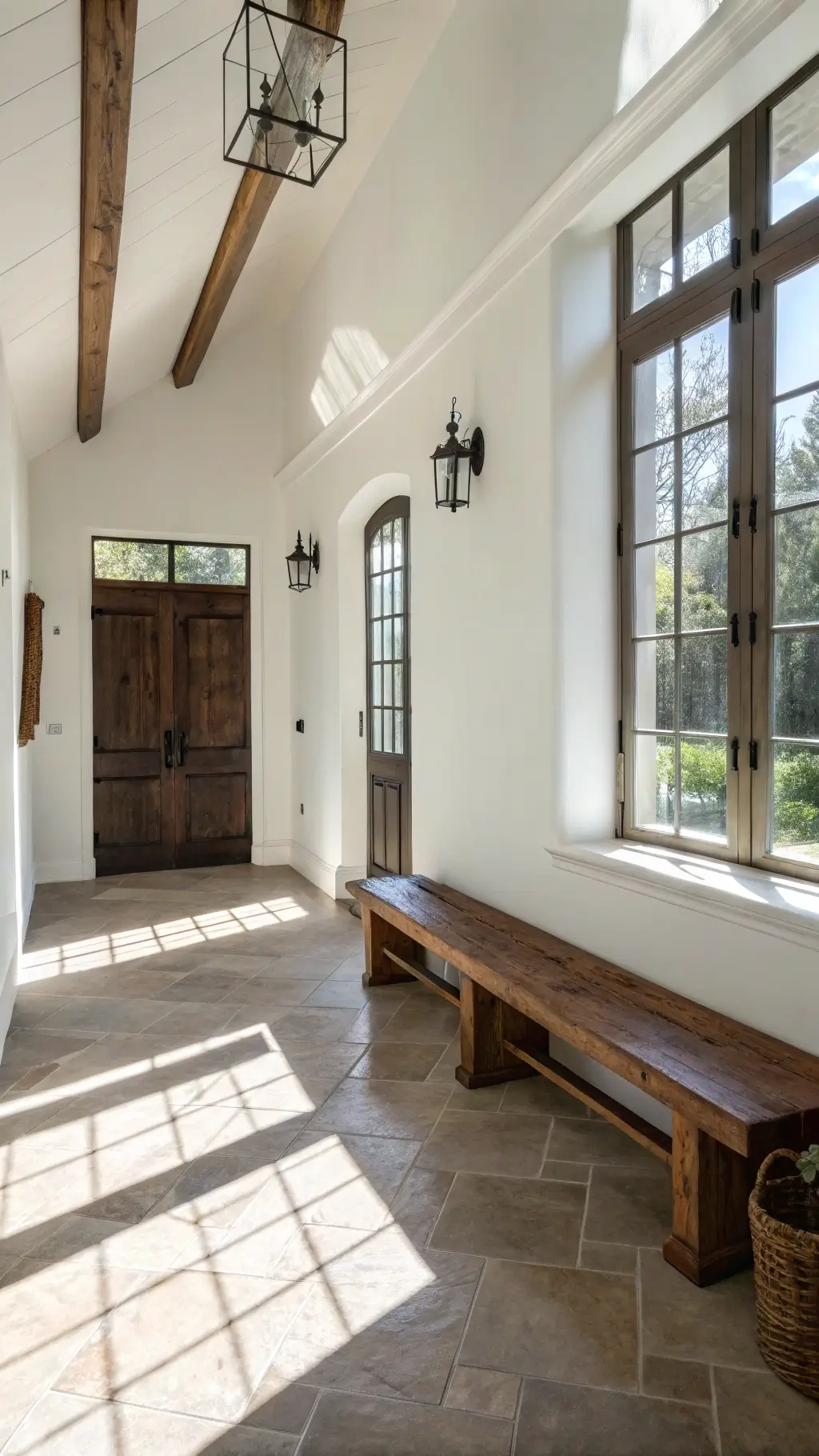
Key Principles of Wabi-Sabi Bench Selection
1. Embrace Natural Materials
- Choose solid woods with visible character
- Look for:
- *Prominent wood grain*
- *Natural knots*
- *Visible age marks*
- *Uneven surfaces*
2. Prioritize Simplicity
- Clean, minimal design
- No unnecessary ornamentation
- Focus on functional form
- Let the material speak for itself
3. Celebrate Imperfections
- Uneven edges are not flaws
- Cracks tell a story of time
- Irregular shapes showcase unique character
Material Magic: Crafting the Perfect Wabi-Sabi Bench
Recommended Woods
- Pine
- Walnut
- Madrone
- Reclaimed barn wood
- Live-edge timber
Complementary Materials
- Natural stone
- Weathered metals
- Rough-hewn surfaces
Styling Your Wabi-Sabi Bench
Placement Matters
- Entryways
- Meditation corners
- Garden spaces
- Window nooks
Styling Recommendations
- Keep surrounding area minimal
- Use neutral, organic textiles
- Add subtle, handmade ceramic accents
- Layer with linen or cotton cushions in earth tones
Pro Tip: The perfect wabi-sabi bench isn’t about perfection – it’s about authenticity.
Craftsmanship Considerations
Look For
- Handcrafted pieces
- Local artisan work
- Reclaimed or salvaged materials
- Traditional joinery techniques
Real-World Inspiration
Benchmark Wabi-Sabi Designs
- 19th-century weathered wood bench
- Live-edge seating following natural tree contours
- Hand-carved stone and wood fusion pieces
- Minimalist Japanese-inspired constructions
The Price of Authenticity
Wabi-sabi benches aren’t about cheap imitations. They represent an investment in craftsmanship, storytelling, and connection to natural materials.
Budget Range:
- Handcrafted artisan pieces: $500 – $3,000
- Vintage finds: $200 – $1,500
- DIY reclaimed wood options: $100 – $500
Final Thoughts
A wabi-sabi bench is more than furniture. It’s a meditation on impermanence, a celebration of natural beauty, and a statement about finding peace in life’s inherent irregularities.
Remember: True beauty doesn’t demand perfection – it whispers through subtle, authentic details.

